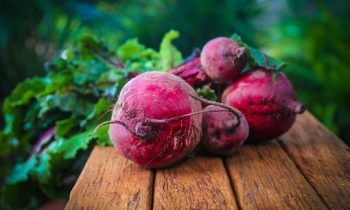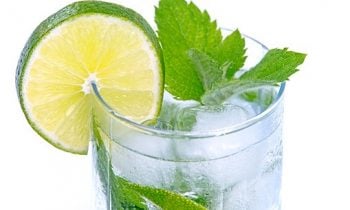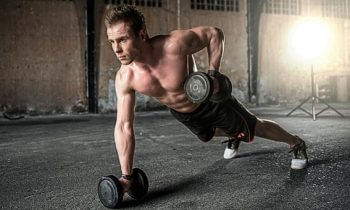Fat oxidation is the process in which fats are broken down into triglycerides. In cells, oxidation of fat occurs as a result of which triglycerides are produced. These are used for energy provision or they can be stored in the adipose tissue. Since HIIT induces fat oxidation, it ensures that body fat is being broken down instead of getting stored up.
The liver is the only organ in the body that can dispose of cholesterol. When fat reserves build up on the liver, the liver cannot function properly due to pressure exerted on it by the fat concentration. As a result of HIIT, the fat reserves melt which causes the liver to function properly for disposing off cholesterol.
Increase In Growth Hormone Levels
HIIT has also shown to increase growth hormone levels. This hormone is also involved in the fat burning mechanism in the body along with enhancing metabolism. In the presence of this hormone, the metabolic rate of the body improves and the efficiency of metabolism is also enhanced significantly.
During high intensity workouts, a chemical is produced in the body called catecholamine. This chemical facilitates fat loss since it mobilizes the stored fat. The fat reserves keep increasing in the body until the previous ones are burnt.
In the presence of this chemical, the fat that is stored in the adipose tissue is mobilized so that it can be used as fuel for energy. The primary source for fuel in the body is carbohydrates so the body has to produce some kind of chemical to make the fats available for fuel.
How Does HIIT Build Muscle Mass?
HIIT is also responsible for building muscle mass. This is because HIIT builds endurance and causes more blood flow with better contractility to the muscles. The blood carries oxygen and nutrients to all parts of the body. After high intensity workouts, more oxygen is taken to the muscles. This results in oxidative respiration in the muscle.
Anaerobic conditions cause the production of lactic acid in muscles. This is why the muscles feel fatigued and they get sore. If more oxygen is taken to the muscles, aerobic conditions persist and oxidation process occurs. As a result, you build more muscle mass in the long run.
Moreover, blood also takes nutrients to the muscles. These nutrients are essential for the muscle growth and development, especially the proteins. Proteins can be used as energy source for growth of the muscles. Also, they are great for repair.
Every time you work out, muscle wear and tear takes place which has to be treated by the body. Proteins play a role in this process and they repair the muscle fibres that have been damaged during intense workouts. Also, they make new muscle fibres using amino acid as building blocks. These amino acids are used for making muscle proteins called actin and myosin which are responsible for muscle contraction and relaxation.
Metabolism And Muscle Mass
HIIT increases the rate of metabolism in the muscles in active stage and keeps metabolic activities going on even in the resting stage. In the anabolic reactions, new products are made for muscles. In this process, muscle mass is also built. Since high intensity workouts keep the anabolic activities going on for 24 hours following the workout, they ensure that muscle synthesis is taking place at all times.
As such, high intensity workouts are great for burning fat since they increase the metabolic rate and also increase the fat oxidation rate in the body. Plus, it also reduces appetite and increases fat mobility by increasing the amount of catecholamine. Along with fat loss, high intensity workouts are also responsible for increasing lean muscle mass which is a great way for people to get their dream body.


 HIIT Supplements 2
HIIT Supplements 2 Healthy Diet
Healthy Diet Drink plenty of Water
Drink plenty of Water What is HIIT?
What is HIIT? Science of HIIT
Science of HIIT